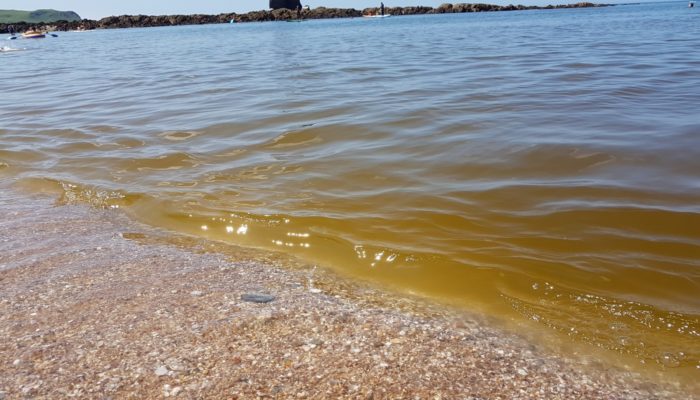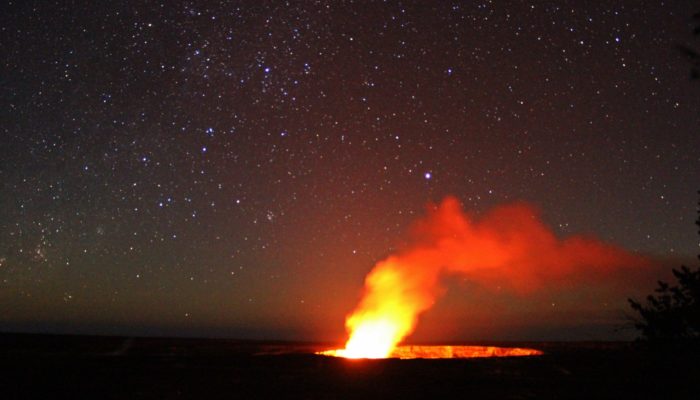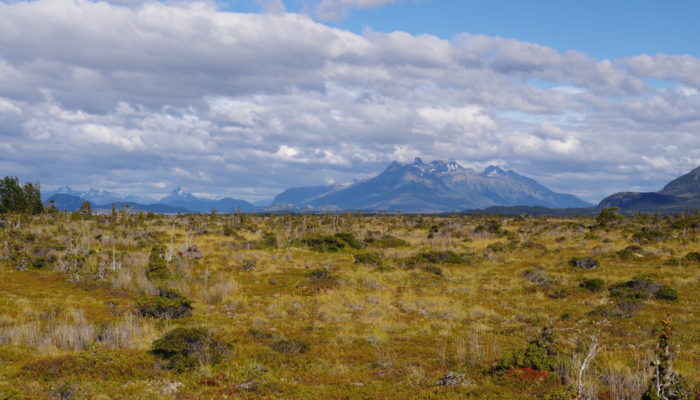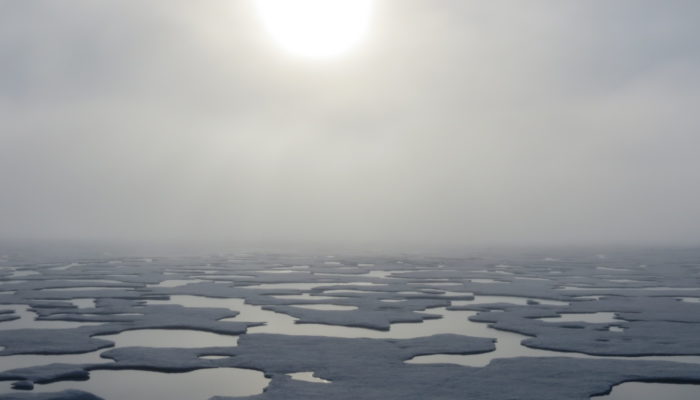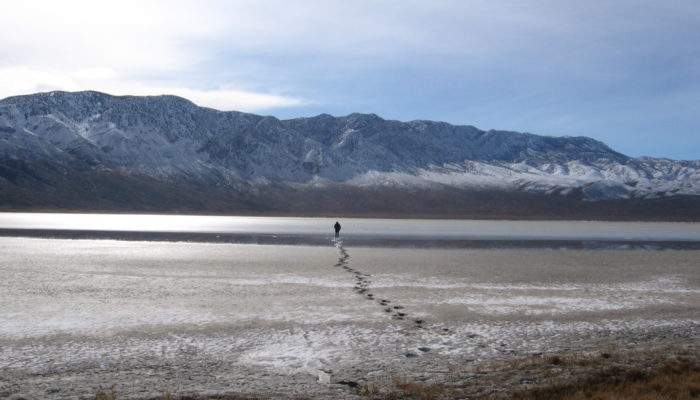The deadline for EGU 2020 abstract submissions is coming closer – today we highlight sessions focused on the application of (stable) isotope tracers to questions in biogeoscience. First, for those of you who use light stable isotopes, there is session BG2.8 Application of Stable Isotopes in Biogeosciences, co-organized by HS13, co-sponsored by EAG and convened by Michael E. Böttcher, ...[Read More]
EGU2020 BG Sessions in the spotlight: Global P and N cycles
The EGU 2020 abstract submissions are open until January 15. Here, we’ll highlight the planned Biogeoscience (BG) sessions. Stay tuned and find the session for your abstract! Today’s focus is on the more general BG-sessions for those of you dealing with the important nutrient cycles. First, BG1.2: Nitrogen cycling in terrestrial and aquatic ecosystems: microbiological processes, gas fluxes, ...[Read More]
EGU2020 BG Sessions in the spotlight: Permafrost
The EGU 2020 abstract submissions are open until January 15. Here, we’ll highlight the planned biogeoscience (BG) sessions. Stay tuned and find the session for your abstract! Today’s focus is on permafrost. These perennially frozen regions span the Arctic, the Tibetan Plateau, and mountain regions throughout the globe. Permafrost is highly vulnerable to current and future climate change and could ...[Read More]
EGU2020 BG Sessions in the spotlight: Extreme environments
Less than one month left for the EGU 2020 abstract deadline on January 15. Today we highlight two sessions of BG 5 – Geomicrobiology, extreme environments on Earth and planetary analogues. First, BG5.1: Biology and Geology of extreme environments on Earth and planetary analogs. This session is convened by Monica Pondrelli, Jessica Flahaut, Frances Westall, Helge Niemann and Barbara Cavalazz ...[Read More]
EGU2020 BG Sessions in the spotlight: Methane
The EGU 2020 abstract submissions are open until January 15. Here, we’ll highlight the planned biogeosciences sessions. Stay tuned and find the session for your abstract! Today’s focus is on Methane. Methane, a potent greenhouse gas, is steadily increasing in concentration in the atmosphere, prompting fears that it could scupper our chances to meet the global climate targets. But given its relativ ...[Read More]
EGU2020 BG Sessions in the spotlight: Biogeosciences’ past achievements and current challenges
The EGU 2020 abstract submissions are open until January 15. Today we highlight two of the more general BG-sessions for those of you working with big questions linking biology and geology, current and past. First, BG1.13: Past achievement and future challenges of Biogeosciences. This session is convened by Giuliana Panieri, Ariel D. Anbar, Hiroshi Kitazato and Kurt Konhauser. The convenors ...[Read More]
Welcome back to EGU’s Biogeosciences Division Blog!
After a brief hiatus, the blog will be restarting under the joint editorship of Hana Jurikova, Alexandra Rodler, and Joshua Dean. Hana is a is a postdoctoral researcher at the GFZ German Research Centre for Geosciences – Helmholtz Centre Potsdam in Germany. Her research primarily involves the application and development of novel isotopic techniques to gain insights into climatic and environ ...[Read More]
Welcome to EGU 2018!
Dear all BG members, welcome to EGU 2018! Remember our annual BG Division meeting that will be held on Thursday, April 12, 12:15-13:15 in Room L2. Enclosed the Agenda. This year, the Vladimir Ivanovich Vernadsky Medal of our Division is awarded to Antje Boetius. All invited at the Medal Lecture on Tuesday, April 10, 14:00–15:00 in Room C See you all this evening for the ice breaker at the Opening ...[Read More]
abstract submission
We are sorry to hear that people are experiencing difficulties submitting their last-minute #EGU18 abstracts & paying the APCs. If this is the case for you, you will be able to submit your abstract later today
Understanding the role of microbes in cold seep habitats

A cold seep is an area of the ocean seafloor where hydrogen sulfide, methane and other hydrocarbon-rich fluid seepage occurs. These parts of the ocean floor still remain a large mystery for scientists, in particular for the occurence of hydrothermal vents. In between these vents, microbes live that play a role in the local and global carbon budget. However their exact role remains largerly unknown ...[Read More]


